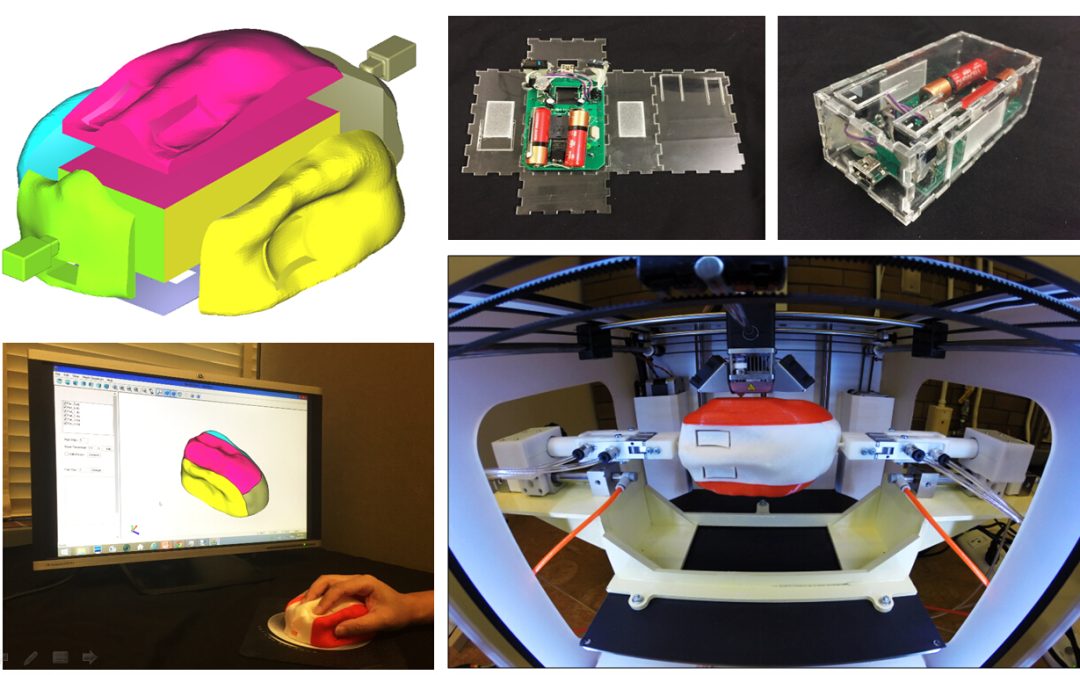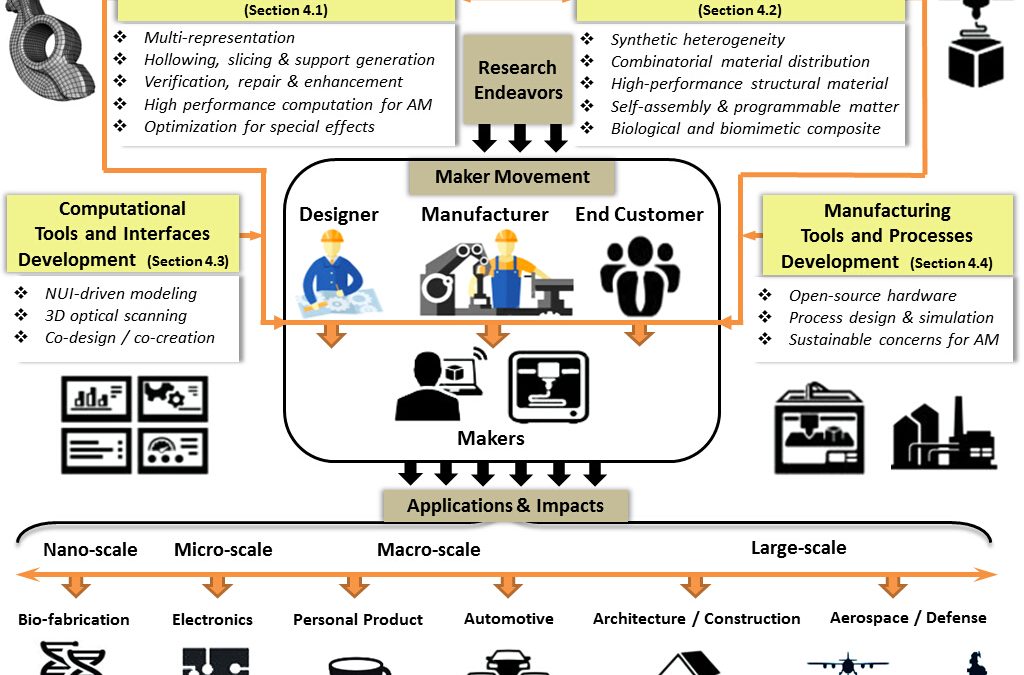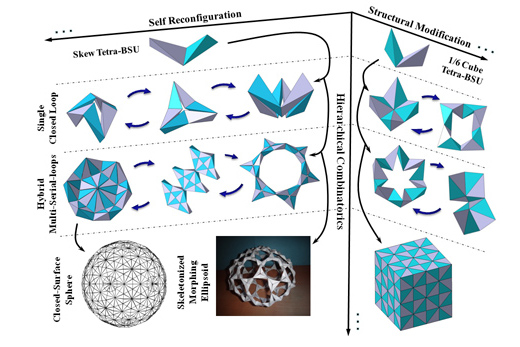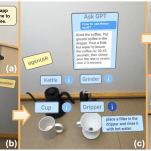
Wei Gao is currently a D-PhD student in the School of Mechanical Engineering at Purdue. Mr. Gao received his bachelor degree (2009) in Mechanical engineering from the University of Shanghai for Science & Technology. His graduate research focuses on design, simulation and optimization of foldable, reconfigurable and self-assembly mechanisms/robotic systems, and developing novel 3D printing technique based on FDM and building self-contained appliances that allow printing fully-functional objects (customizable products, articulated working models, self-actuated devices).


The Status, Challenges, and Future of Additive Manufacturing in Engineering
Additive manufacturing (AM) is poised to bring about a revolution in the way products are designed, manufactured, and distributed to end users. This technology has gained significant academic as well as industry interest due to its ability to create complex geometries...
KINETOGAMI, A Reconfigurable and Printable Sheet Folding
Abstract: As an ancient paper craft originating from Japan, origami has been naturally embedded and contextualized in a variety of applications in the fields of mathematics, engineering, food packaging, and biological design. The computational and manufacturing...
HexaMorph: A Reconfigurable and Foldable Hexapod Robot Inspired by Origami
Origami affords the creation of diverse 3D objects through explicit folding processes from 2D sheets of material. Originally as a paper craft from 17th century AD, origami designs reveal the rudimentary characteristics of sheet folding: it is lightweight, inexpensive,...



